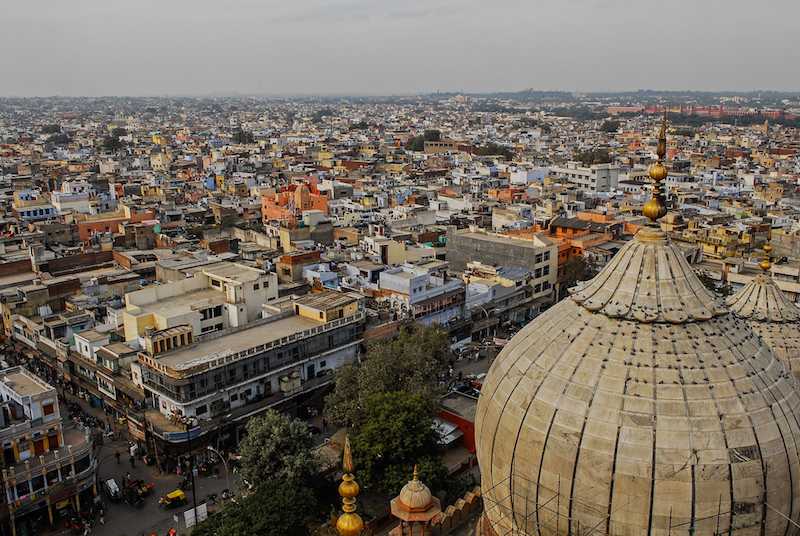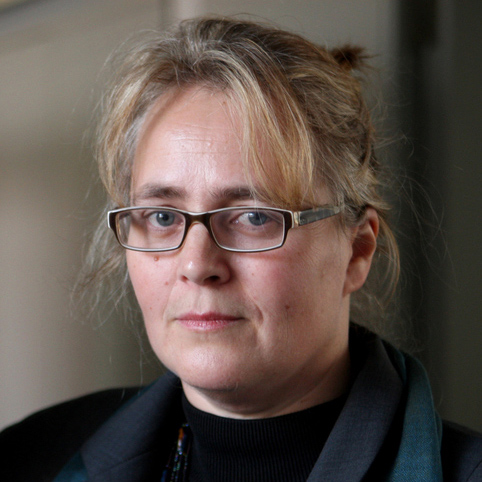
India’s Supreme Court enforces public interest regulations, but it risks political harm in doing so.
Should the Indian judiciary involve itself in the business of overseeing regulatory enforcement? Might such sustained interventions eventually degrade the political insulation of the judiciary that allows it to interpret the law as an expert, legitimate, and neutral actor?
The rise of populism across the world poses serious challenges to democracy, pluralism, and free trade. It also challenges the willingness and the ability of regulators to enforce the law. Such lack of enforcement has led institutions such as the Supreme Court of India to intervene, often in response to public interest litigation in which citizens approach the court directly for relief.
Politicians often enact regulations in response to policy crises, but they sometimes have fewer incentives to enforce them when counter pressure builds against such measures. As political scientists Theodore Lowi and James Q. Wilson have pointed out, regulations can face counter pressures if they impose concentrated and visible costs on specific constituencies to create less visible, long-term benefits for a large number of people. For example, opposition to environmental regulations—and more recently to climate policies—falls in this category because restrictions on carbon emissions can slow development but will help protect the future of the planet. At the local level, land use and zoning regulations often encounter populist backlash against those who seek to enforce these regulations.
Anticipating the tension between populism and sound regulatory policy, many countries create specialized, politically insulated regulatory and administrative agencies. In the judicial sphere, several countries provide important safeguards for their judiciaries, giving them the autonomy needed to interpret the law without pandering to public opinion. In the Indian context, safeguards have included security of tenure and emoluments, a judicial appointment process that limits executive interference, and difficulties in sanctioning judges.
The good news is that judicial insulation often works well, and judiciaries have often been seen as a critical bulwark against the erosion of rule of law. Recent judgments by the Supreme Court of India—involving mining activity in Goa and the sealing of illegal structures in Delhi—underline the crucial role the courts play in enforcing important but unpopular laws opposed by organized and visible constituencies, including political parties.
The mining industry plays an important part in the economy of Goa, a state located on the western shore of India. Although mining provides employment and contributes to the state’s budget, mining has long had significantly deleterious environmental impacts on Goan ecology and traditional livelihoods. For example, in 2013, an expert appraisal committee appointed by the Ministry of Environment, Forests and Climate Change submitted a report that assessed 137 mining leases and found that the majority of the mines had flouted the terms of their environmental permits.
After a series of legal challenges in lower courts, in 2014 the Supreme Court lifted a mining ban with the caveat that illegal mining could not be condoned. Errant miners would need to apply for fresh leases and environmental permits from the state government. However, a separate set of directions from the Bombay High Court empowered the state government to renew some 88 of the contested licenses, which it issued without fresh environmental permits and without being subject to an auction process.
When these decisions were challenged before the Supreme Court in February 2018, the Court canceled the renewal of mining licenses and banned mining activity. The Court ordered a bidding process for fresh licenses and made several assertions of its power to review executive decisions to serve the public purpose. In response, all Goan political parties have come out against the mining ban, pointing to its adverse economic impact. Indeed, this has become a raging political issue in the state of Goa. As of now, the Supreme Court has shown its willingness to withstand the political pressure by taking a decision of this magnitude. The Goan mine owners affected by the decision, however, have indicated that they will file a review petition before the Court.
In another instance, the Supreme Court intervened to remove unauthorized construction in the capital city of Delhi. Unauthorized constructions are a visible sign of India’s “messy and hidden” urbanization and have been blamed for tragic accidents such as fires in the Upahaar cinema, the Bawana industrial area, and in Kamala Mills. On numerous occasions, courts have criticized civic authorities for being either unwilling or unable to check violations and punish those flouting municipal safety norms. However, directions from a Supreme Court appointed committee compelled local authorities in Delhi to shut down several commercial establishments that have flouted building codes and environmental regulations.
In response to this sealing drive to shut down the irregular constructions, the Delhi government proposed changes to the Delhi Master Plan 2021 which would have led to a retrospective legalization of these buildings. The Supreme Court ordered a stay on these amendments and castigated the Delhi Government for attempting to strong-arm the Court. The sealing drive has stirred up huge amounts of controversy: All of Delhi’s political parties have been making every effort to nullify these orders. The traders, the constituency most directly affected by the sealing of unauthorized construction, have vocally opposed the sealing drive, organizing strikes to protest. Associations of home owners have supported the sealing drive and the Supreme Court’s actions, but they do not have the political clout of the traders and the politicians. Still, the Supreme Court is not bending to the sustained campaign against its enforcement actions.
The Indian judiciary’s enforcement of mining and construction regulations demonstrate its willingness to wade into contentious regulatory enforcement issues, an approach that has some similarity to the U.S. federal judiciary’s active role in enforcing school desegregation. Yet these examples of enforcement raise troubling questions about the extent to which the judiciary should step outside of its traditional role of interpreting the law and intervene in regulatory processes traditionally within the remit of the executive and the legislature. Should such interventions by the Supreme Court be celebrated as reflecting a robust judiciary committed to the rule of law? Or might these interventions undermine the citizenry’s deference to the judiciary because the judges are involved in street-level political battles?
Governmental regulators are supposed to enforce the law; judges do not have the skills to do so. Sustained involvement by judges in regulatory enforcement can potentially undermine their legitimacy. Yet, one might also argue that it is the courts’ responsibility to act when state authorities either refrain from enforcing the law or condone its flagrant violations. Thus, it is not clear where should the line be drawn. And who should draw it? Will it be preemptive self-regulation by the judiciary or would a political backlash force the judiciary to retreat?
Ultimately, the three branches of government must perform their assigned roles. This division of powers poses a short-term problem when the executive branch fails to perform its role in enforcement. Judicial substitution for executive inaction does not, however, bode well for the long-term legitimacy of the judicial branch.





